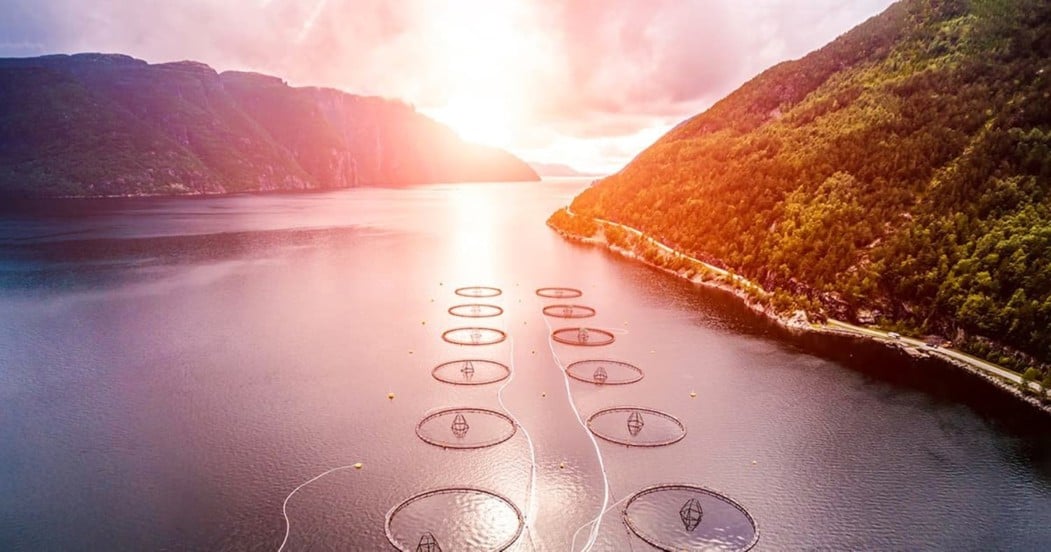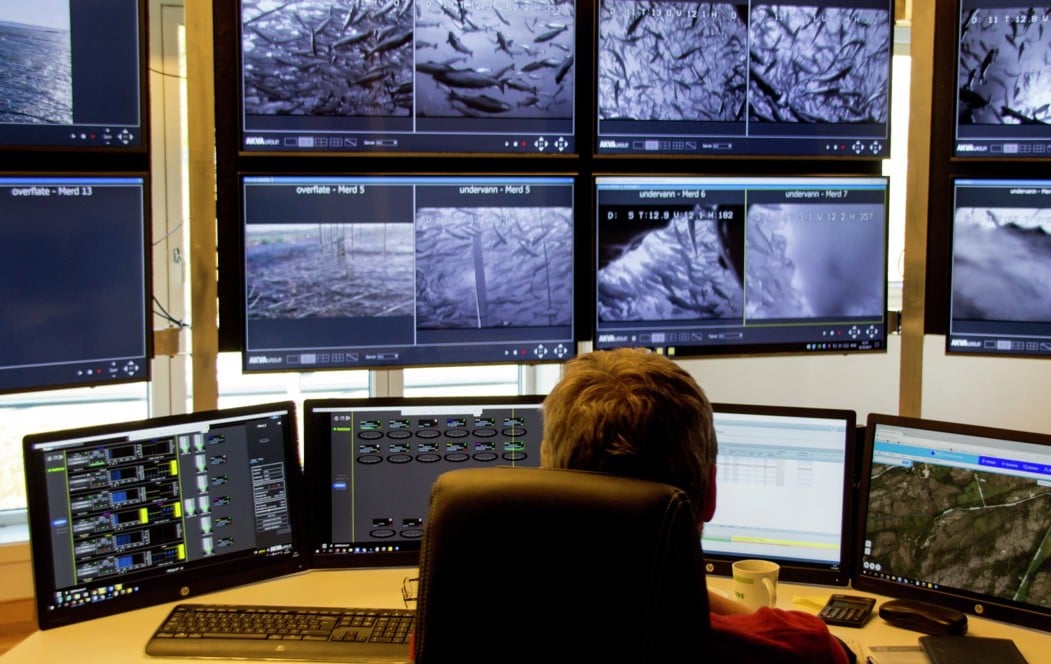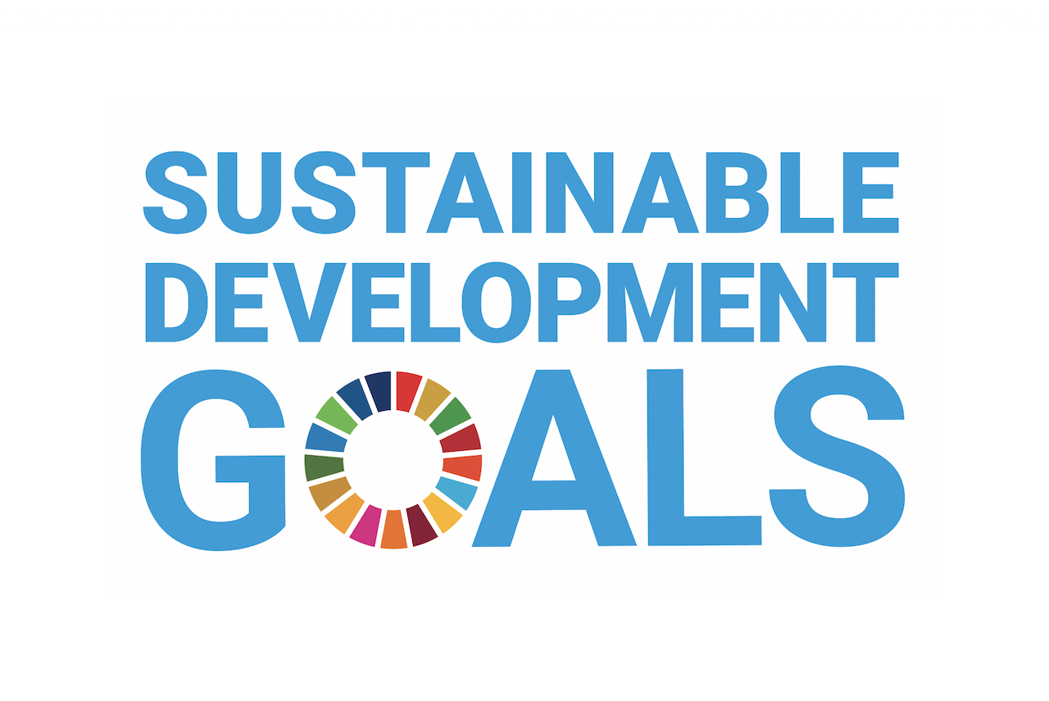
As the world’s most efficient protein generator, aquaculture is one of the most important long-term growth areas for food production. According to the Food and Agriculture Organization of the United Nations (FAO), aquaculture continues to grow faster than any other major food sector and by 2030 is expected to provide 60% of the fish available for human consumption. Global output is forecast to reach 109 million tonnes by this date, representing a rise of 37% compared to current levels (Source: ‘The State of World Fisheries and Aquaculture’, FAO 2018).
Aquaculture is capable of producing large volumes of high-quality, healthy and traceable seafood. In comparison with terrestrial livestock farming, the industry has low carbon footprint and feed conversion ratio (FCR); it also has high protein and energy retention, and harvested edible yield compared to other centre-plate proteins. This makes it a strong model for how protein should be farmed in the future.

